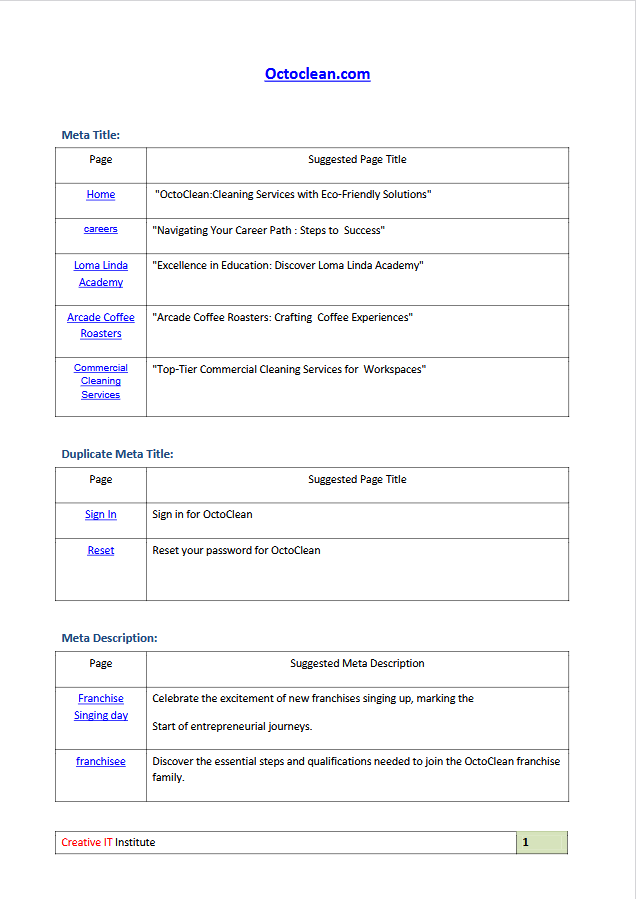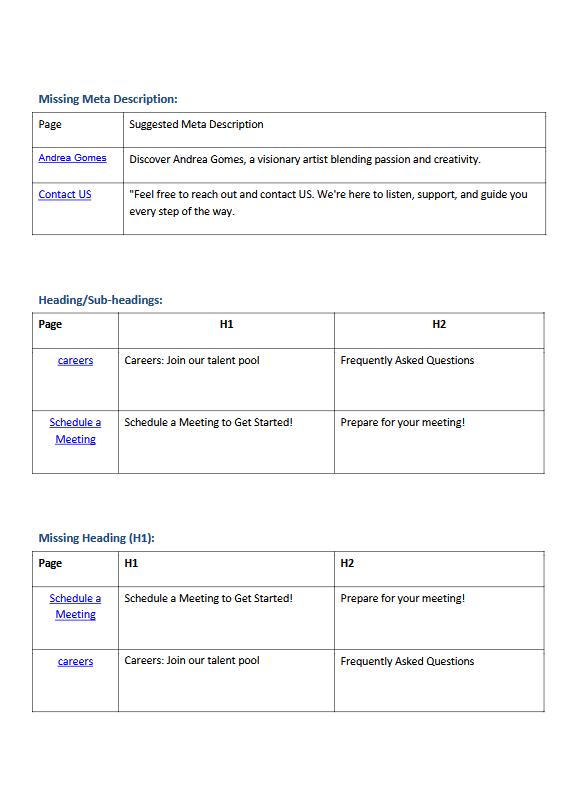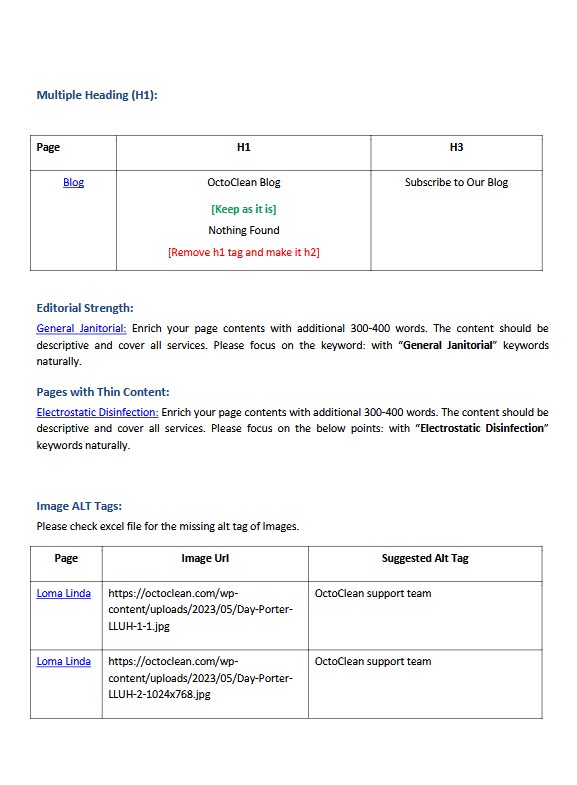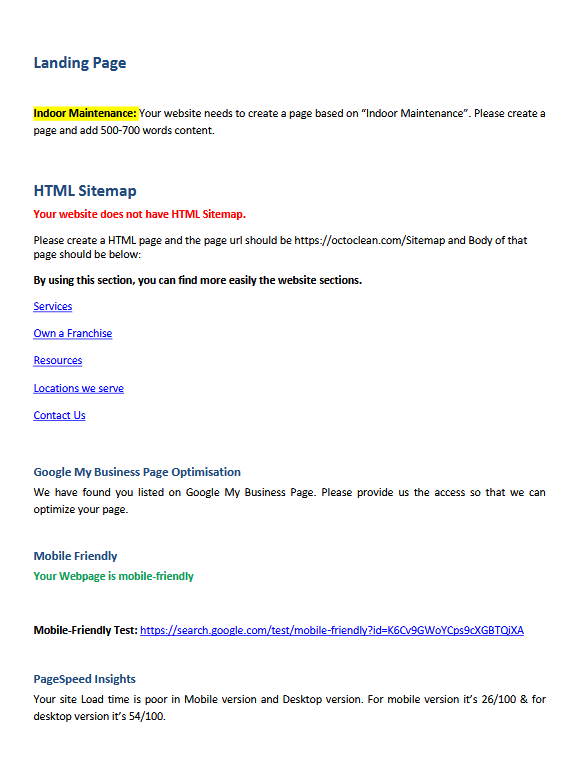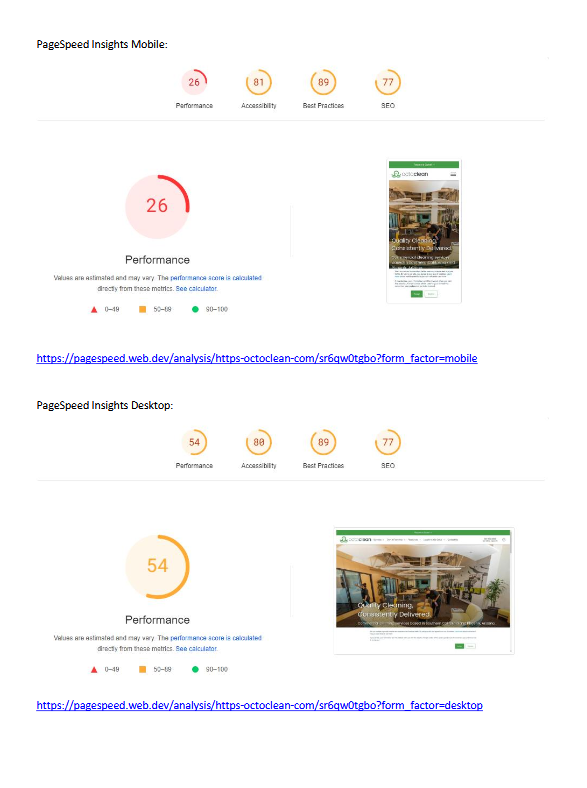WEBSITE SET-UP GUIDELINE
Website Set-Up Guidelines
Creating a website is essential for establishing an online presence, whether for a business, personal blog, portfolio, or e-commerce store. Below are the key steps to successfully set up a website.
1. Planning Your Website
Before starting, define the purpose of your website. Ask yourself:
What is the main goal? (e.g., selling products, sharing information, offering services)
Who is the target audience?
What pages and features will you need?
Choosing a domain name is crucial. It should be short, memorable, and relevant to your business or brand. You also need to select a web hosting provider that offers reliable speed and security.
2. Choosing the Right Platform
There are different ways to build a website:
Content Management Systems (CMS) like WordPress, Wix, or Joomla for flexibility.
Website Builders like Squarespace or Shopify for easy drag-and-drop setup.
Custom Development using HTML, CSS, and JavaScript for full control over design.
3. Designing Your Website
A well-designed website should be user-friendly and responsive. Choose a professional template or theme that matches your brand. Essential pages include:
Home Page – First impression of your site.
About Page – Information about your brand or business.
Services/Products Page – Showcase what you offer.
Contact Page – Include an email, phone number, and form for inquiries.
4. Adding Functionality & Features
Install SEO tools (Yoast SEO, Rank Math) to improve search engine rankings.
Add security features (SSL certificate, firewalls) to protect user data.
Use Google Analytics to track visitor activity.
5. Optimizing Performance
A fast website ensures a better user experience. Improve speed by:
Compressing images and files.
Using caching plugins to load pages faster.
Optimizing for mobile users.
6. Testing & Launching
Before going live, test all features, check for broken links, and ensure a smooth experience across different devices. Once ready, publish your website and promote it through social media, email marketing, and search engine optimization (SEO).
Final Thoughts
A well-structured website helps establish credibility and attract more visitors. Regular updates, security checks, and performance improvements will ensure long-term success.
